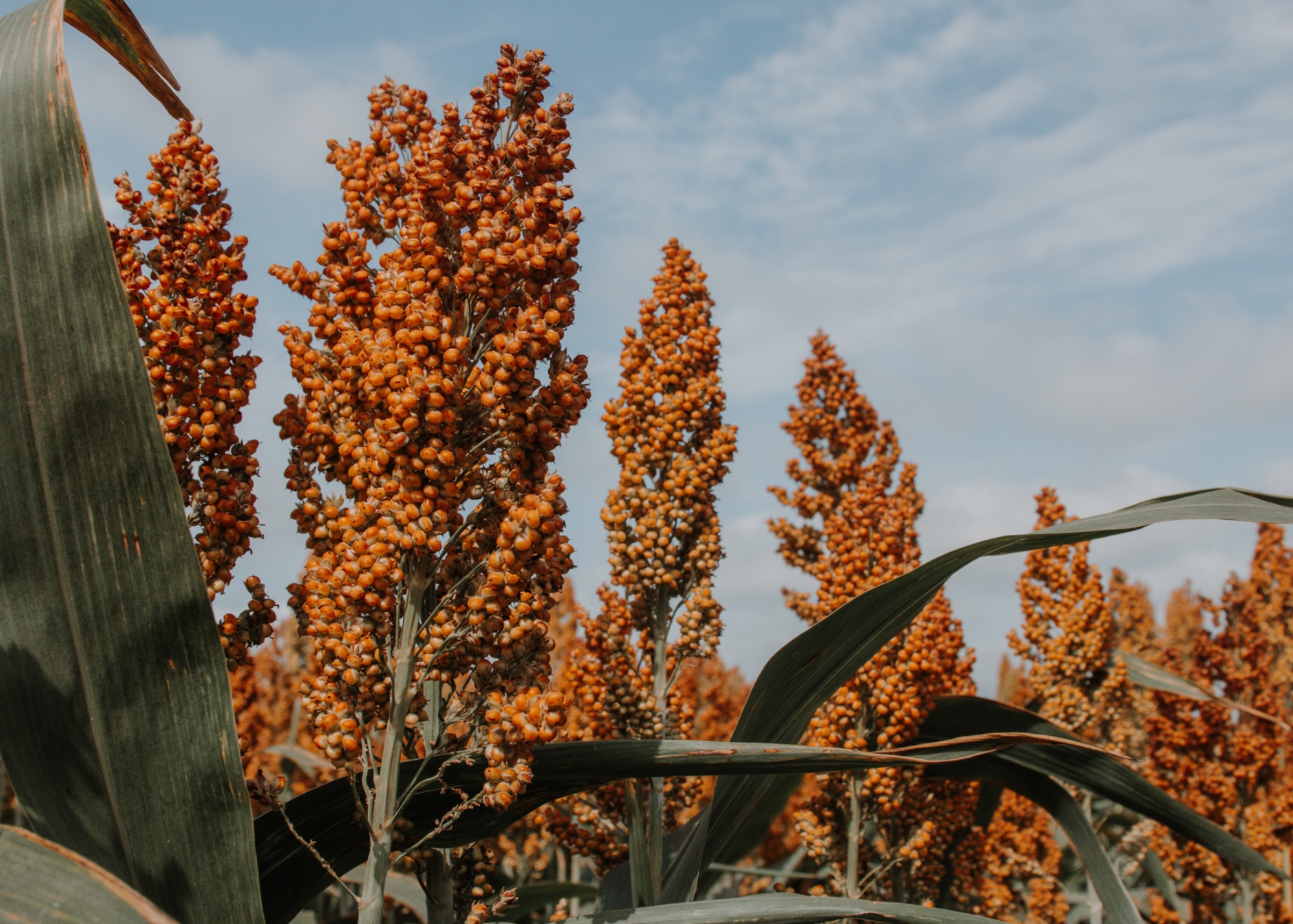While preparing to write this article, I did a quick Google search for “resource conserving crop.” The first item that came up was a generative artificial intelligence response that listed 10 distinct characteristics of a resource conserving crop.
In examining this list, I could easily make an argument that sorghum met at least nine of the 10 characteristics. Items on this list included reducing erosion, interrupting pest cycles, enhancing soil health, improving moisture use efficiency, lowering production costs and raising yield. Two of the characteristics that growers will benefit from almost immediately are lower input costs and improved yields in the crop rotation.

Saving on input costs starts with seed. Depending on the seeding rate used, the hybrid and seed treatments applied, cost of sorghum seed generally ranges from $6 to $19 an acre for most growers. This is considerably less expensive than most other crop seed.
Yield advantages when grown in rotation
When used in a rotation, grain sorghum often enhances the yield for cotton, soybeans, and even corn when following sorghum.
In rotation with cotton, sorghum breaks up soil disease cycles such as verticillium wilt, and the crop residue increases soil moisture storage and protects emerging cotton from wind damage. In a 2017 trial conducted by researchers at Texas A&M University, cotton following sorghum produced a 26% higher yield than continuous cotton.
In a multi-year trial conducted near Mead, Nebraska, soybean yield increased 16.6% when planted after sorghum compared to continuous planting of soybeans. Following sorghum, higher soybean yields have been linked to various factors, including enhanced soil fertility, improved soil physical characteristics, superior weed management, and decreased incidence of diseases, nematodes, and insect pests.
A surprise to most growers, grain sorghum also appears to benefit corn yield when following sorghum. A five-year trial from Kansas State University demonstrated an 8.4% increase in corn yield following sorghum compared to continuous corn.
Editor’s note: Brent Bean, Ph.D., is the Sorghum Checkoff Director of Agronomy, Lubbock, Texas. For more information visit www.sorghumcheckoff.com.



